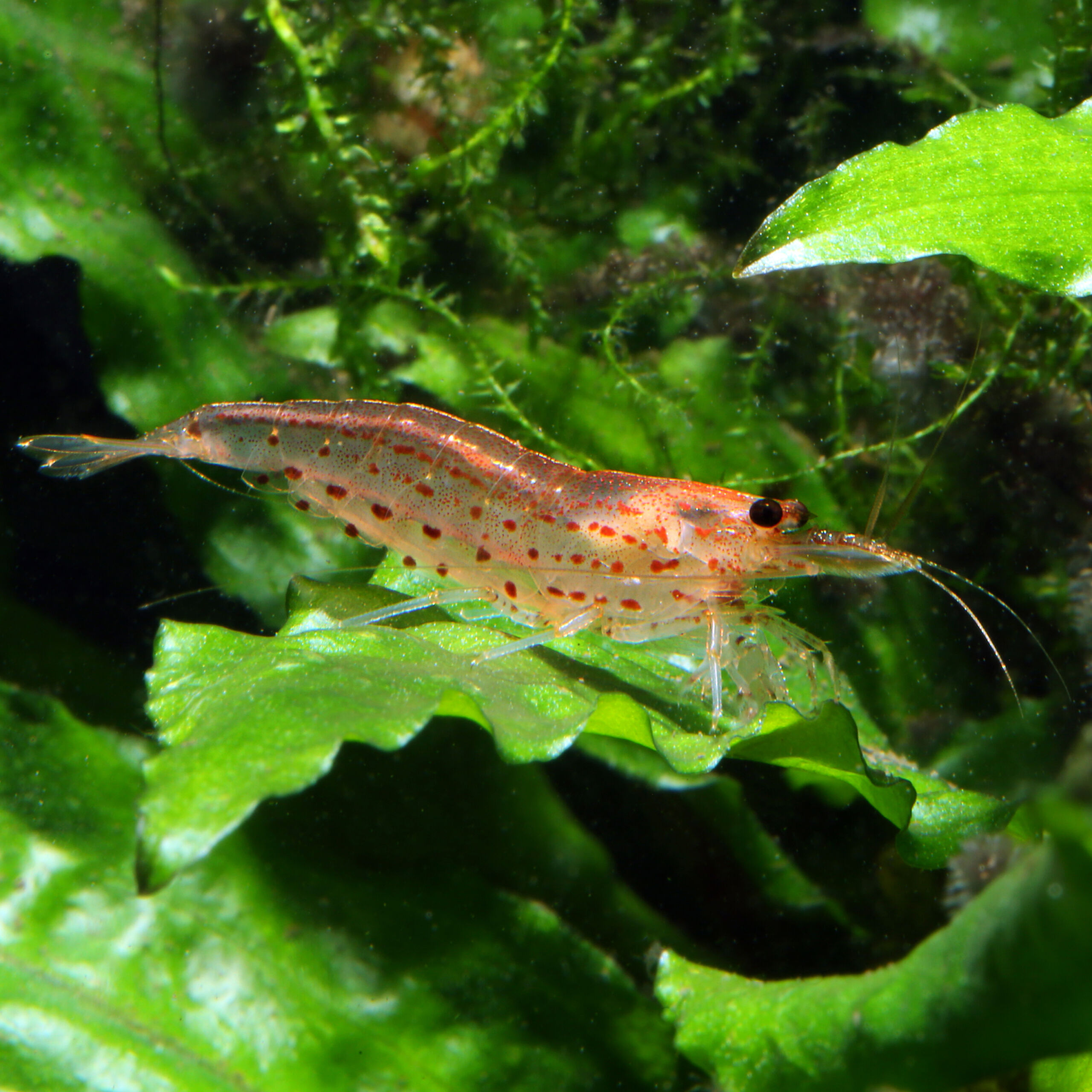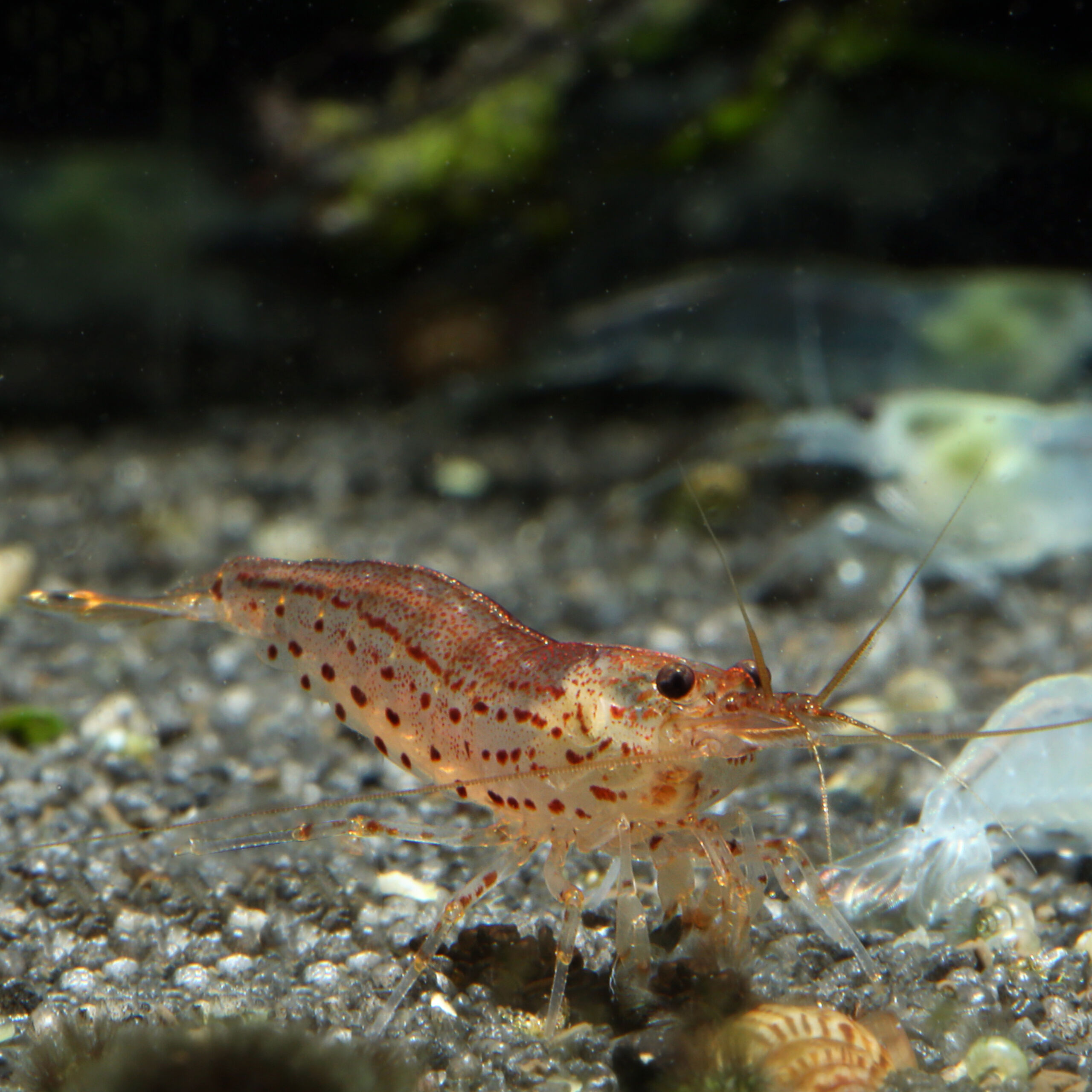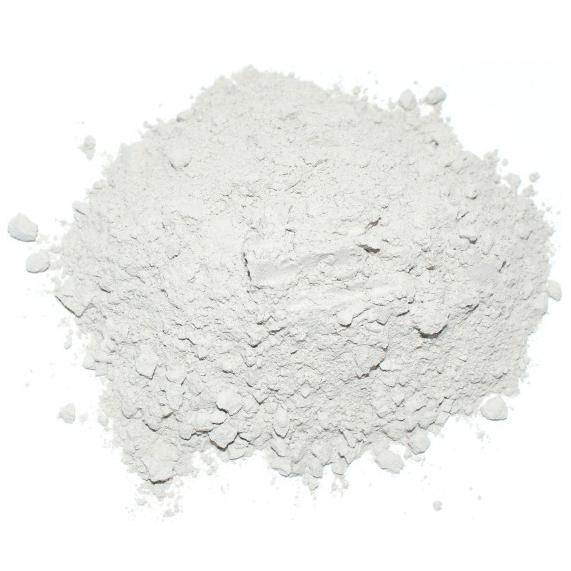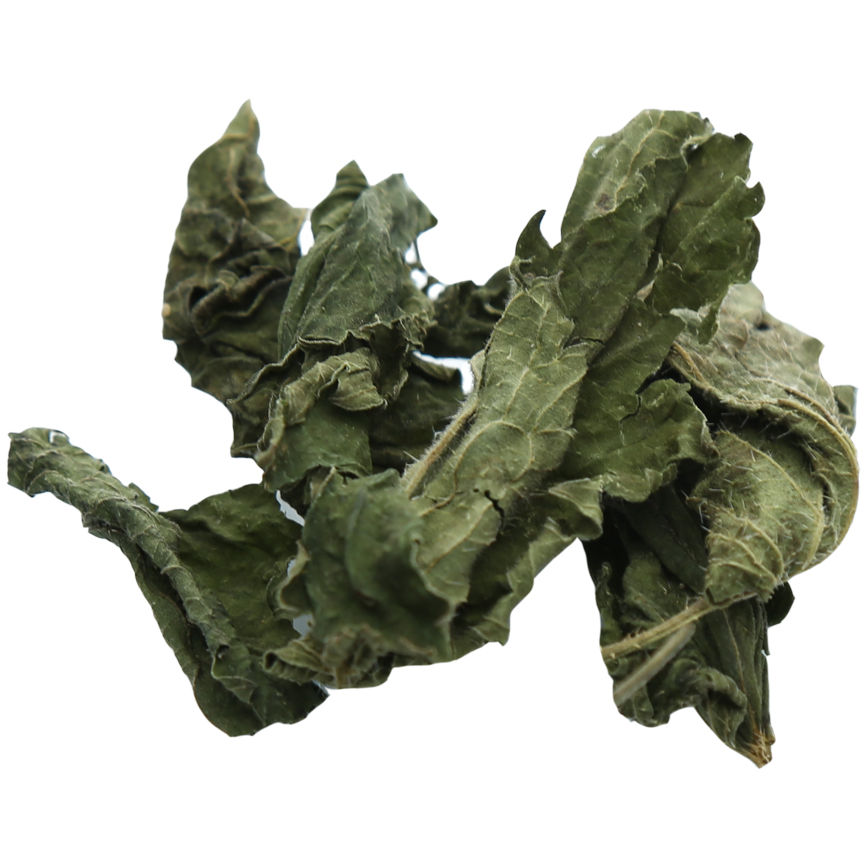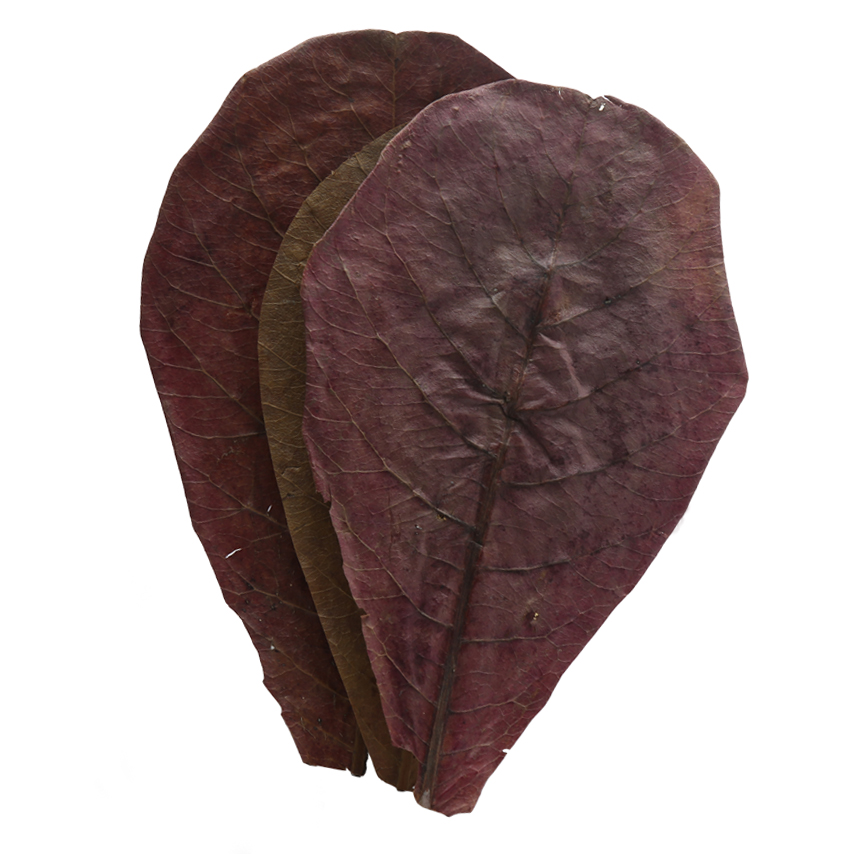Amano shrimp var. ‘Orange’
Caridina multidentata
The Amano shrimp var. ‘Orange’ is a pretty, orange colored breeding form of the classic Amano shrimp.
Original price was: €14,99.€9,90Current price is: €9,90.
34% Rabatt
1 in stock
- very good algae eater
- orange in color
- no reproduction in fresh water
1 in stock
 Delivery in a few working days
Delivery in a few working days
 Free shipping from €60 across Austria
Free shipping from €60 across Austria





Important data
Product description & details
The Amano shrimp var. ‘Orange’ is a cultivated form of the Amano shrimp, Caridina multidentata, which originally comes from Japan. In the ‘Orange’ breeding form, the animals have a permanent orange color – in contrast to the classic Amano shrimp, which can change color under certain circumstances, but always assumes the usual wild color under normal aquarium conditions. The Amano shrimp was named after the world-famous inventor of aquascaping, Takashi Amano. The Amano shrimp is the best choice, especially in beautifully designed plant tanks or aquascapes, and it has probably become one of the most popular dwarf shrimp ever due to its ability to eat massive quantities of algae. Since the larvae of the Amano shrimp need salt water to develop, we do not breed the animals ourselves. However, our animals come from German breeding.
Care in the aquarium
Like the classic Amano shrimp, the Amano shrimp var. ‘Orange’ is a robust and undemanding species that grows up to 5cm long and can live up to 15 years if well cared for. An aquarium with a capacity of 54 liters or more is ideal. Clean water with a temperature between 18 and 28°C, a pH value between 6.0 and 8.0 and a hardness of 3 to 21°dGH are well tolerated. This makes the Amano shrimp ideal for keeping in soft to hard tap water. In order for this sociable shrimp to feel safe, it should be kept in a group of at least 10 animals and in a well-planted aquarium. The plants, but also wood, stone structures or shrimp tubes offer it protection and places of retreat. It can be easily socialized with peaceful fish that do not chase it. In addition, the Amano shrimp var. ‘Orange’ can also be combined well with Neocaridina and other Caridina species with suitable care requirements, as crossing between them is not possible.
Feeding
As a classic recycler of leftovers, the Amano shrimp var. ‘Orange’ feeds on biofilm and algae growth as well as detritus (dead plant material, carrion, leftover food). Young Amano shrimp in particular love to eat algae and do not stop at thread algae. Compared to most other dwarf shrimp, the Amano shrimp needs to eat a little more protein. In the aquarium it can be fed with special shrimp food, leaves, algae powder and occasionally frozen food. Ideally, there are always brown autumn leaves in the aquarium, which represent ideal permanent food for the animals.
Sexual characteristics and breeding
Sex determination is usually not possible in young animals, but only in sexually mature animals. Juveniles and males have a narrower underside of the abdomen, while sexually mature females have a wider underside that covers the swimming legs like a “skirt”. This widening of the abdomen serves to protect the eggs, which the female carries and cares for between her swimming legs for around 3-4 weeks until they hatch. Female Amano shrimp also become significantly larger than males and carry the eggs as a visible, bright egg spot on the neck before fertilization. Caridina multidentata belongs to the primitive reproductive type and requires salt water to reproduce. In contrast to most dwarf shrimps of the genera Caridina and Neocaridina, the females of the Amano shrimp do not release finished shrimplets, but rather several hundred larvae, which in nature are washed into salt water and go through several larval stages until they develop into finished shrimp and return to fresh water. Breeding is possible, but requires patience and precision in order to create the right living conditions for the young larvae.
